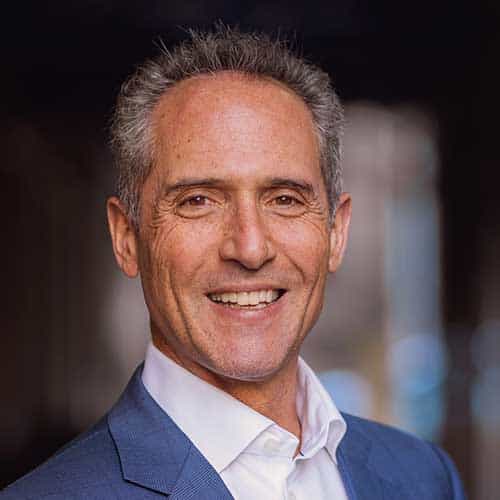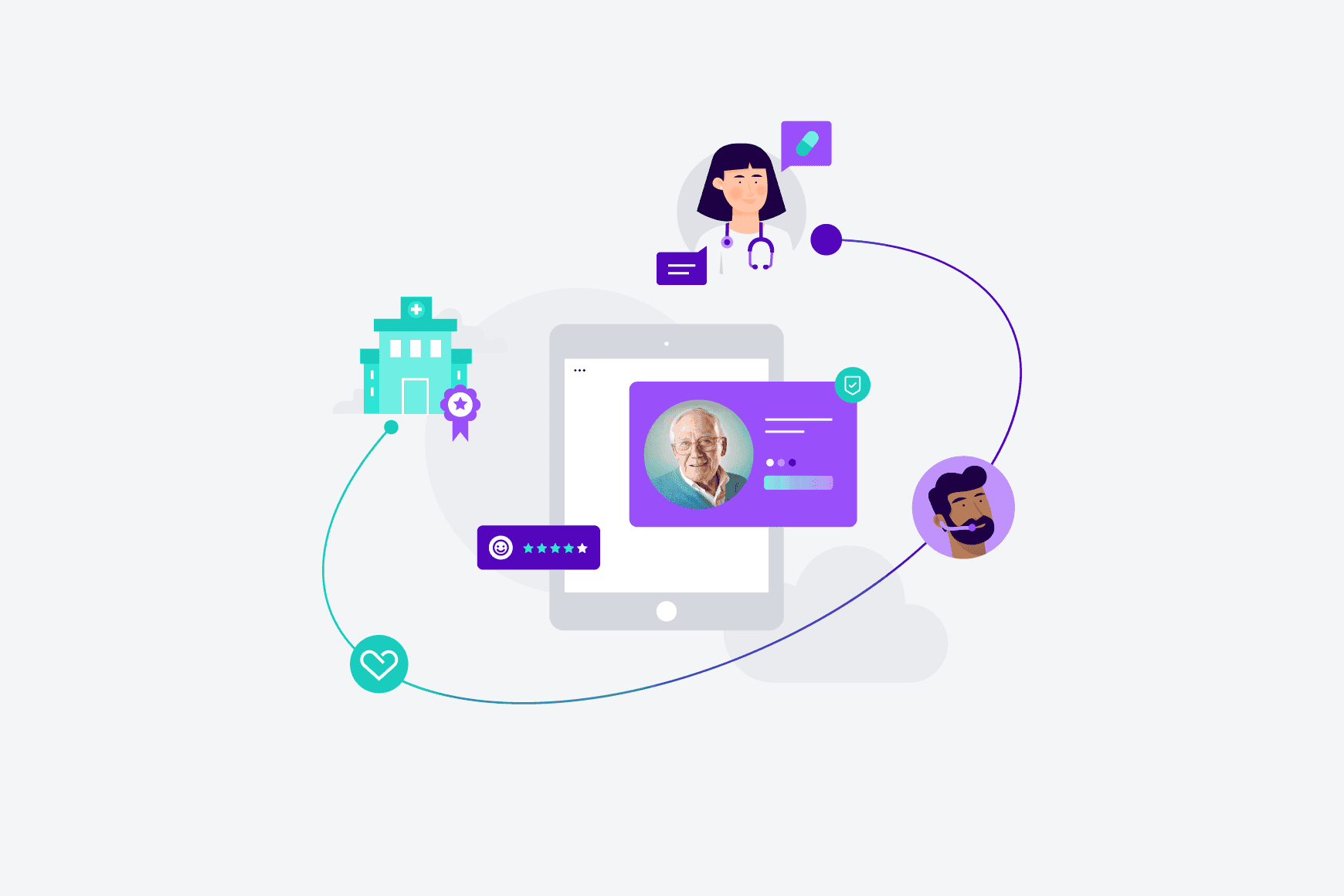Healthcare organizations must reimagine the patient experience to thrive

By Greg Miller
0 min read

This post was first published in DOTMed
Digital technology has given consumers more choices than ever before, and with those choices have come growing expectations for a superior customer experience.
Digital technology has given consumers more choices than ever before, and with those choices have come growing expectations for a superior customer experience. When those consumers are patients – in need of care and help managing their health – the expectations for a seamless and helpful experience are even higher.
A survey of nearly 700 patients released in early 2021, shows that patient expectations continue to climb. Two-thirds (67%) of patients surveyed said even one poor customer experience would negatively impact their loyalty to a healthcare organization.
Clearly healthcare providers and payers have little margin for error in how they interact with patients. Yet not all healthcare organizations are able to provide a unified, modern experience across the entire patient journey. Many systems and workflows in healthcare remain siloed, including contact centers and newer tools, like chatbots. Indeed, 63% of patient survey respondents said their provider is not capable of delivering an excellent experience in a completely digital way. If what these healthcare consumers believe is accurate, this means their providers are more likely than not to lose business because they aren’t delivering a patient experience (PX) that meets today’s standards.
PX means far more than clinical care. It encompasses every interaction a healthcare consumer has with a healthcare organization, at every touchpoint, throughout the patient journey. Patients tend to judge the entire healthcare system based on each experience in the journey. To deliver a great PX, organizations must get every touchpoint right – there can be no siloes or “dropped balls.”
The COVID-19 pandemic served as a wakeup call for many providers accelerating the adoption of virtual care and digital tools. These providers are increasingly aware that a superior PX isn’t just good business, it’s a matter of survival. (Dr. Stephen Klasko, president and CEO of Jefferson Health in Philadelphia, calls this “healthcare’s Amazon moment.”) There has also been a renewed focus on the teams and technologies that form the hub of patient experience before, between, and after clinical encounters: the contact center. Besides canvassing patients, the survey also includes data from more than 160 healthcare PX professionals that points to the emerging role of contact centers as a critical tool for driving better PX:
- 88% agree that contact centers are a meaningful contributor to their PX strategies
- 81% agree contact centers have an impact on PX today (a number that is expected to exceed 90% over the next two years)
- 68% say positioning the contact center as a strategic asset is a top priority of their organizations
It’s no longer enough, however, for contact centers to only support patient communication by phone. The survey demonstrates that 78% of patients surveyed want more options for communicating with their healthcare organizations.
Convenience and choice.
A healthcare contact center, then, must offer a seamless and unified patient experience that facilitates engagement across multiple channels and ensures that patients receive the care, transparency, and health guidance they expect from trusted providers. But what would such a contact center look like from the perspective of a patient? Not surprisingly, fast and effective support are top priorities: 84% of respondents said it is important that their customer service issues are resolved quickly and accurately.
The survey also shows that healthcare consumers want convenience and choice, with 78% agreeing that it is important to be able to engage with healthcare systems on their preferred channels. Nearly as many (74%) said their preferred channel varies depending on the context of the support issue. So again, choice and flexibility are PX priorities.
For providers, a modern contact center must transcend the limitations of on-premises systems. More than half (57%) of PX professionals responding to the survey said on-premises systems limit their organizations’ ability to deliver a superior PX. Slightly more (58%) reported having multiple contact centers supporting different groups in their businesses, while 60% said they don’t consider their contact centers to be omnichannel.
For multi-site contact center operations, a cloud-based platform eliminates the need for multiple on-premises system deployments. Further, it enables providers to offer comprehensive support in a way that is simple and convenient for patients. Such a platform ensures a unified PX that is unmarred by fragmentation and inefficiency.
In addition to leveraging agility and scalability, providers also want a contact center with automation, artificial intelligence (AI) and machine learning capabilities to help them better understand patient needs. And for good reason: 75% of patients are more loyal to providers that invest in improving their PX.
Though meeting customer needs as a business necessity is a great motivator, providers increasingly view the contact center not merely as a platform for issue resolution, but as an enabler of care coordination. AI can be used to keep track of a patient’s diagnosis, results, treatment, and prescriptions. Twenty-eight percent of providers said they use AI to offer proactive next-best action recommendations to patients via the channel of their choice. Nearly half (46%) said they intend to do so within two years.
Healthcare organizations that unify their digital and in-person experiences are far more likely to earn and keep their patients’ trust, which equates to patient loyalty and retention. A modern, cloud-based contact center can support the unified patient experience both providers and patients seek. In doing so, healthcare entities elevate their role beyond issue resolution to become a command center with powerful analytics and reporting capabilities that enhance patient experience and care coordination. The end result is healthier and happier patients.









